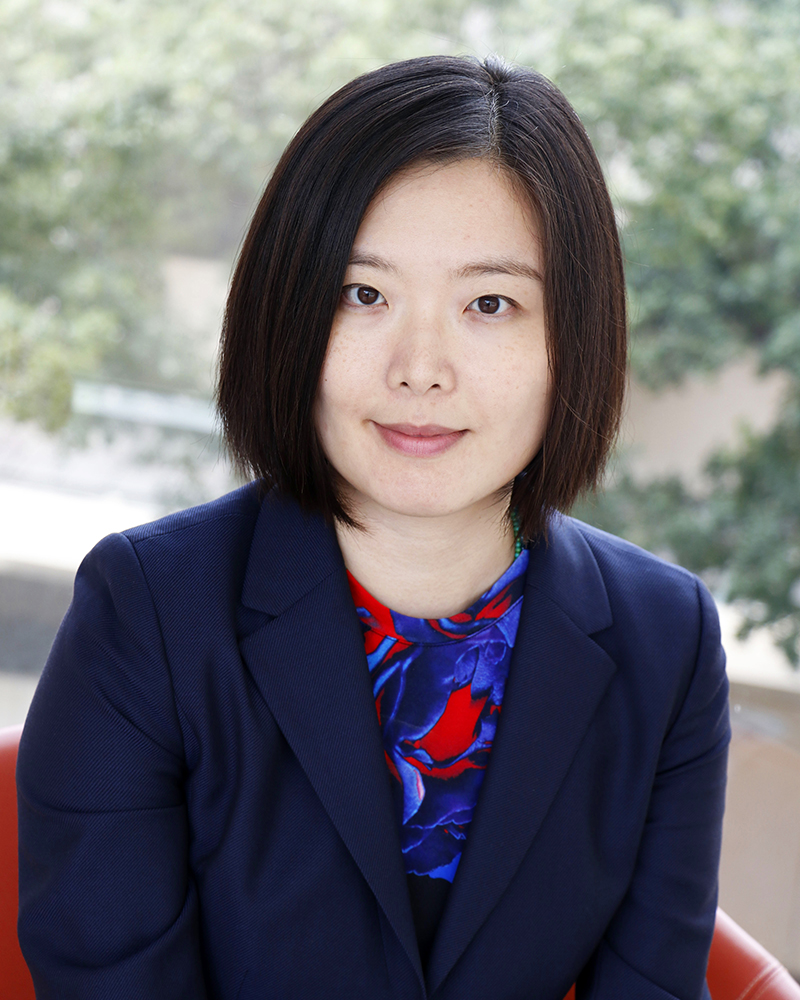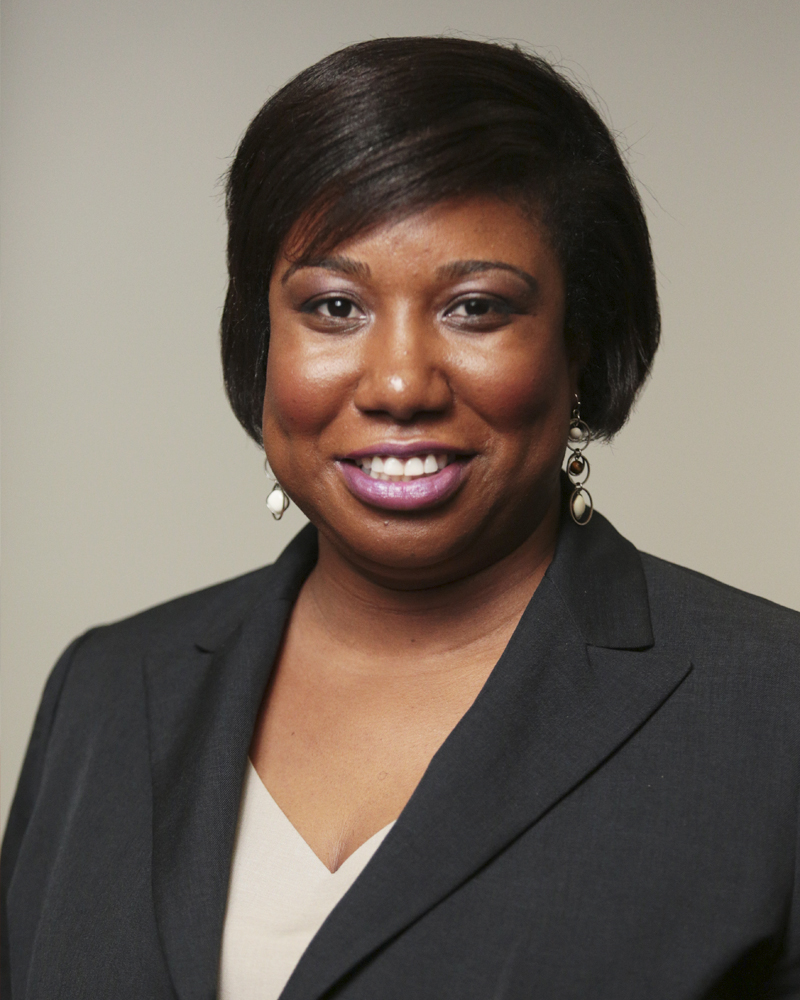
Dr. Angela Lee
Two new studies from The University of Texas at Dallas’ School of Arts, Technology, and Emerging Communication (ATEC) examine different angles on the interaction between journalism and modern technology.
Dr. Angela Lee, an assistant professor in mediated communication, co-wrote both studies. The first, published in the International Journal on Media Management, involved ATEC master’s student and lead author LaKisha Nicole Ladson. The paper, titled “Persuading to Pay: Exploring the What and Why in Crowdfunded Journalism,” is a content analysis that examined factors that led to successful funding of specific stories on Byline, an international crowdfunded journalism platform.
On Byline, journalists publish an entire column or story, and then people donate money to fund similar work. The journalist sets a funding goal of how much money it would take to produce multiple columns over a specific time period. Journalists also set possible incentives to encourage people to give money, such as rewards like dinner with the author or early access to stories.

LaKisha Nicole Ladson
The study authors randomly sampled the equivalent of two weeks of stories published on Byline, and analyzed factors that might predict successful funding of more columns.
“We found that Byline contributors were more likely to give money for stories that were about sports, science, technology, crime, weather and the arts, versus stories about government happenings, business or international affairs,” said Ladson, who is also director of communications and marketing for the Erik Jonsson School of Engineering and Computer Science.
The researchers also found that for each additional reward option given, a column had a significantly greater chance — 232 percent higher — of reaching funding goals.
“In social psychology, there is a well-known principle of persuasion that could be crudely summed up as giving so you can get,” Ladson said. “Our evidence supports the possibility that this persuasion principle worked in this specific crowdfunded journalism context — that contributors gave money because they were given more options for rewards.
“Overall, 97 percent of stories in our sample received at least some financial support even if the amount didn’t reach the overall goal,” Ladson said. “That could be seen as a sign that people are willing to pay for news — they may just need to be persuaded.”
Lee cited this examination of whether and why people consume and pay for the news as a prime example of what mediated communication is about.
“Mediated communication is primarily about social scientific research — how to question, measure, examine, report, predict, and change the social use and effects of emerging media and technology for the better,” Lee said. “Content analysis like that used in this study is one of the three major social scientific research methods that we emphasize, along with survey and experiment.”
“The fact that 36 percent of all headlines examined portrayed the iPhone in a positive light, rather than a neutral or negative one, raises questions about the commercialization of tech news and its impact on journalism.”
Dr. Angela Lee,
assistant professor
in mediated communication
The second paper, "Commercialization of Technology News," was published in Journalism Practice and co-written by Dr. Hsiang Iris Chyi from UT Austin. In it, the researchers raise questions about the impartiality of technology journalism in two major publications and its impact on news consumers.
“In our examination of The New York Times and USA Today’s coverage of Apple products, several issues come up,” Lee said. “Both papers disproportionately over-covered iPhones and iPads in relation to their market share, compared to their news competitors. This is of concern because such overemphasis may trigger consumer demand for these products that may otherwise not exist.”
Lee and Chyi’s study found more than one-third of all headlines about the iPhone in both papers portrayed the iPhone favorably, which is both noteworthy and of concern.
“One of the things that distinguishes news from sponsored content is that the former prioritizes neutral and critical assessment, whereas the latter prioritizes glorifying the product,” Lee said. “The fact that 36 percent of all headlines examined portrayed the iPhone in a positive light, rather than a neutral or negative one, raises questions about the commercialization of tech news and its impact on journalism.”